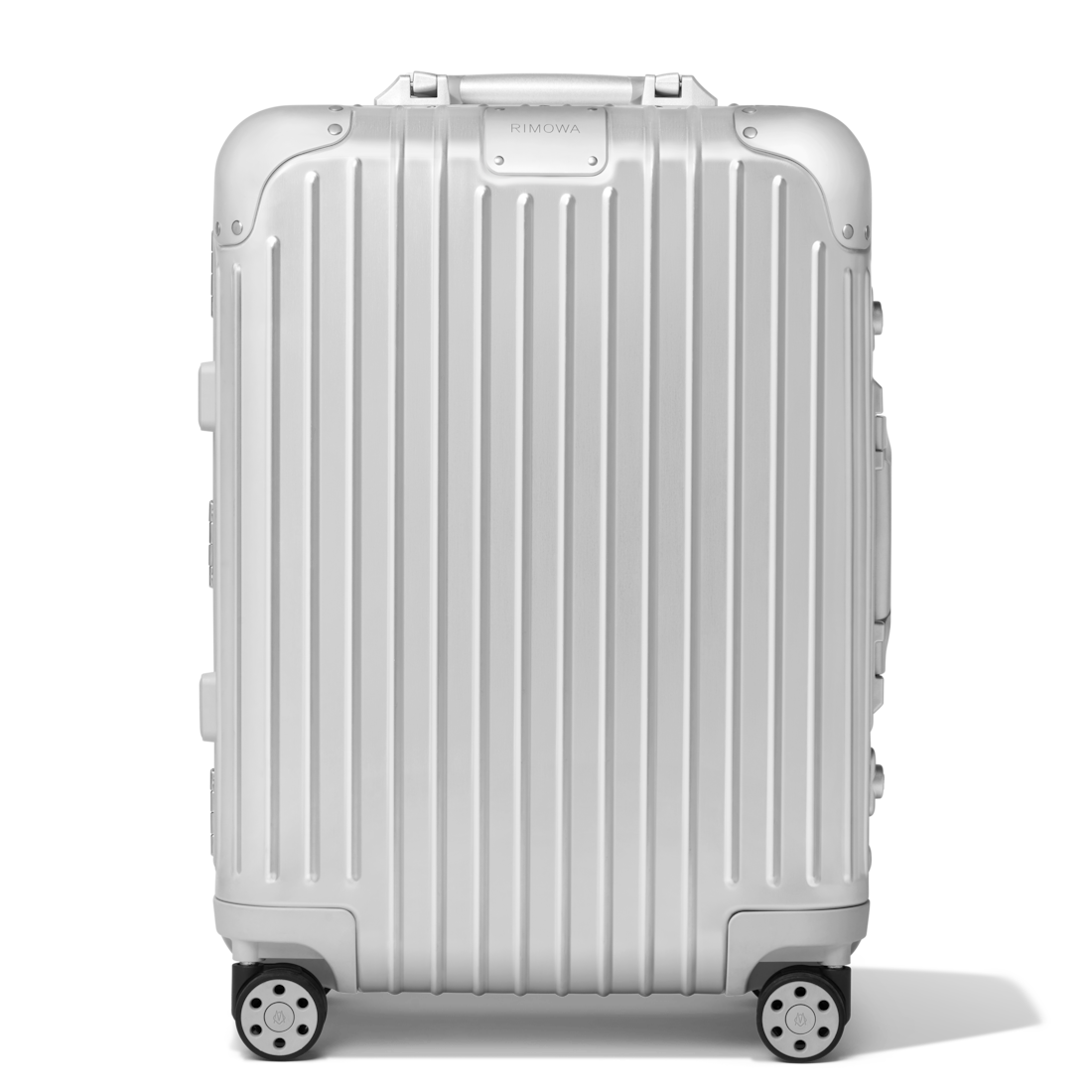UGG® Pinecreek 2-Piece Faux Fur Travel Set in Charcoal
The comfy Pinecreek Faux Fur Travel Set from UGG provides much-needed relaxation and stress relief while traveling. Features a super-cozy faux fur blanket to keep your warm and coordinating eyemask to help shut-out the world and allow you to rest.
The comfy Pinecreek Faux Fur Travel Set from UGG provides much-needed relaxation and stress relief while traveling. Features a super-cozy faux fur blanket to keep your warm and coordinating eyemask to help shut-out the world and allow you to rest.
- Perfect for traveling and staying relaxed and comfortable
- 2-piece travel set includes:
- Blanket measuring 50″ L x 42″ W
- Eyemask measuring 8.5″ L x 4″ W
- Polyester faux rabbit fur/polyester micromink
- Weighs 1.1 lb.
- Imported
Additional information
| Blanket measuring | 50" L x 42" W |
|---|---|
| Eyemask measuring | 8.5" L x 4" W |
| Weighs | 1.1 lb. |
| skuId | 69593238 |






by Bob
I gave this as a gift and she loved it.